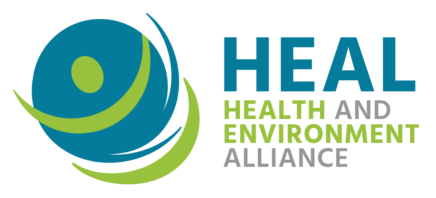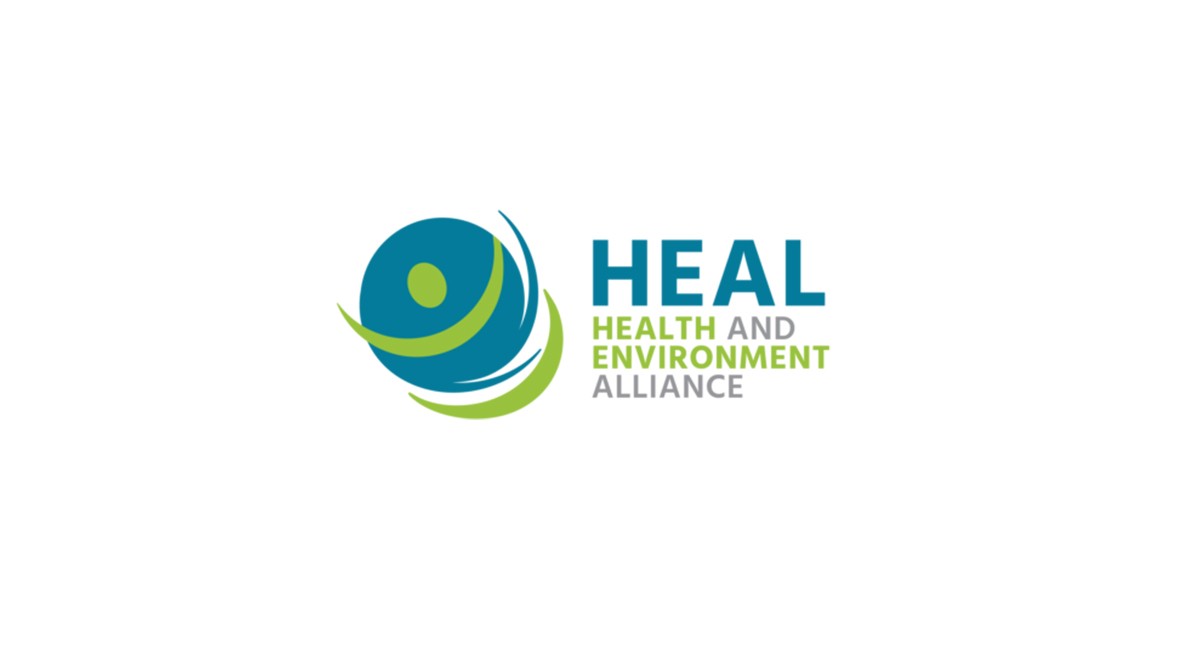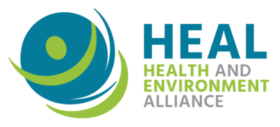The Green 10 coalition, which HEAL is a part of, encourages the President of the European Parliament Roberta Metsola upon her re-election to put the climate, biodiversity and pollution emergency at the forefront of her tenure.
Joint letter by C40, Clean Cities Campaign, European Cyclists’ Federation, Transport & Environment and HEAL, calling to
Fully align EU limit values for pollutants with the global air quality guidelines of the World Health Organization and require compliance by 2030 at the latest.
The EU’s current limit values for air pollution are out of touch with the science-based WHO guidelines. The EU annual limit value for particulate matter (PM2.5), for example, is five times higher than the WHO guideline (25 vs. 5 micrograms per m3), and the nitrogen dioxide (NO2) limit four times higher (40 vs. 10 micrograms per m3). The European Commission’s ‘Zero Pollution Action Plan’ only refers to aligning EU limits ‘more closely’ with the WHO guidelines, which would result in tolerating dangerous levels of air pollution. Cities and citizens need clear, understandable and fully science-based limit values to take effective action and communicate necessary changes.
Step up requirements for reliable, consistent air quality monitoring
The EU is a global leader in air quality monitoring with more than 4,000 monitoring stations in operation, but shortcomings remain according to the European Commission’s fitness check of the Ambient Air Quality Directive. These hamper the reliability, consistency and usefulness of official monitoring data, for example when the number and siting of monitoring stations are not consistent across cities. The revised Ambient Air Quality Directive should therefore specify more clearly the minimum requirements for monitoring stations. This means setting separate requirements for the number of PM2.5 and PM10 monitors and agglomeration-specific instead of nation-wide minimum numbers of monitoring stations, as well as providing more detailed definitions of macro and micro siting requirements (e.g. for “traffic”, “industrial” and “background” stations).
Read the full letter here



